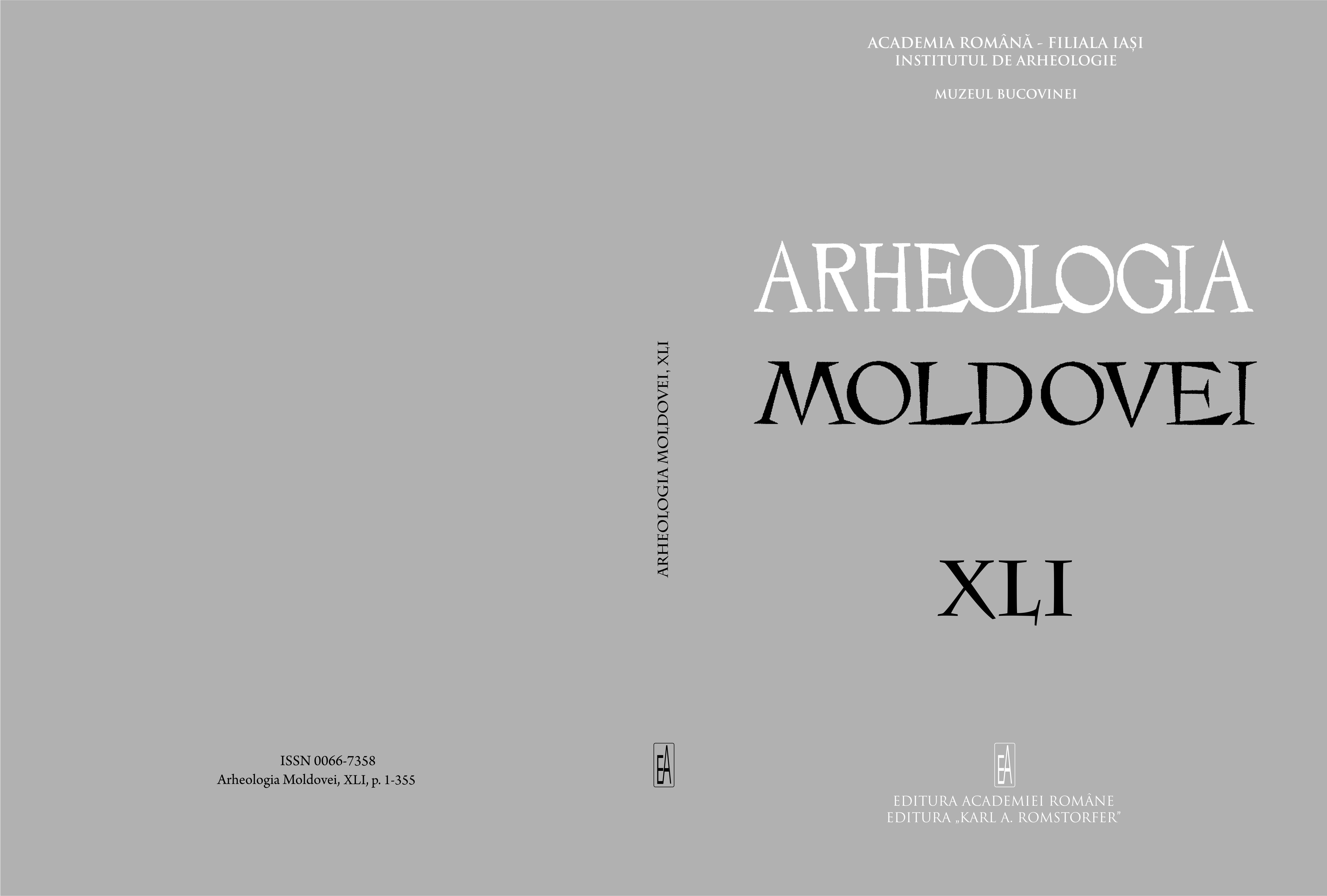Prezenţa unor recipiente de lut legate de exploatarea sării în așezări ale culturii Cucuteni de la răsărit de Carpaţi
The presence in Cucutenian sites east of the Carpathians of certain clay vessels linked to the exploitation of salt
Author(s): Vasile DiaconuSubject(s): Archaeology, Cultural history, Comparative history, Ethnohistory, Ancient World
Published by: Editura Academiei Române
Keywords: Eneolithic; Cucuteni culture; settlements; briquetages; transport; exchange; salt;
Summary/Abstract: The article discusses several types of clay pots, which have been linked to the exploitation of salt from saline sources and have been discovered in the settlements of the Cucuteni culture between the Carpathians and the Prut. The author presents several remains of briquettages, mostly from settlements in the sub-Carpathian area of Moldova. There are also some clay ladles, with analogies at Provadia (Bulgaria), whose functionality is alsoclosely related to the exploitation of salt. The latter were discovered only at the site of Poduri (Bacău County). The sites discussed in the text are located, in most cases, at relatively small distances from the salt springs (5-7km). For this reason, it is believed that the briquettage remains found in the settlements can be consideredevidence of salt exchange, and those sites can be categorized as centers that controled salt sources and distributed it on large spaces.The settlements where such vestiges were discovered belong mainly to the Cucuteni A and A-B phases.
Journal: Arheologia Moldovei
- Issue Year: 41/2018
- Issue No: 1
- Page Range: 179-192
- Page Count: 13
- Language: English, Romanian

